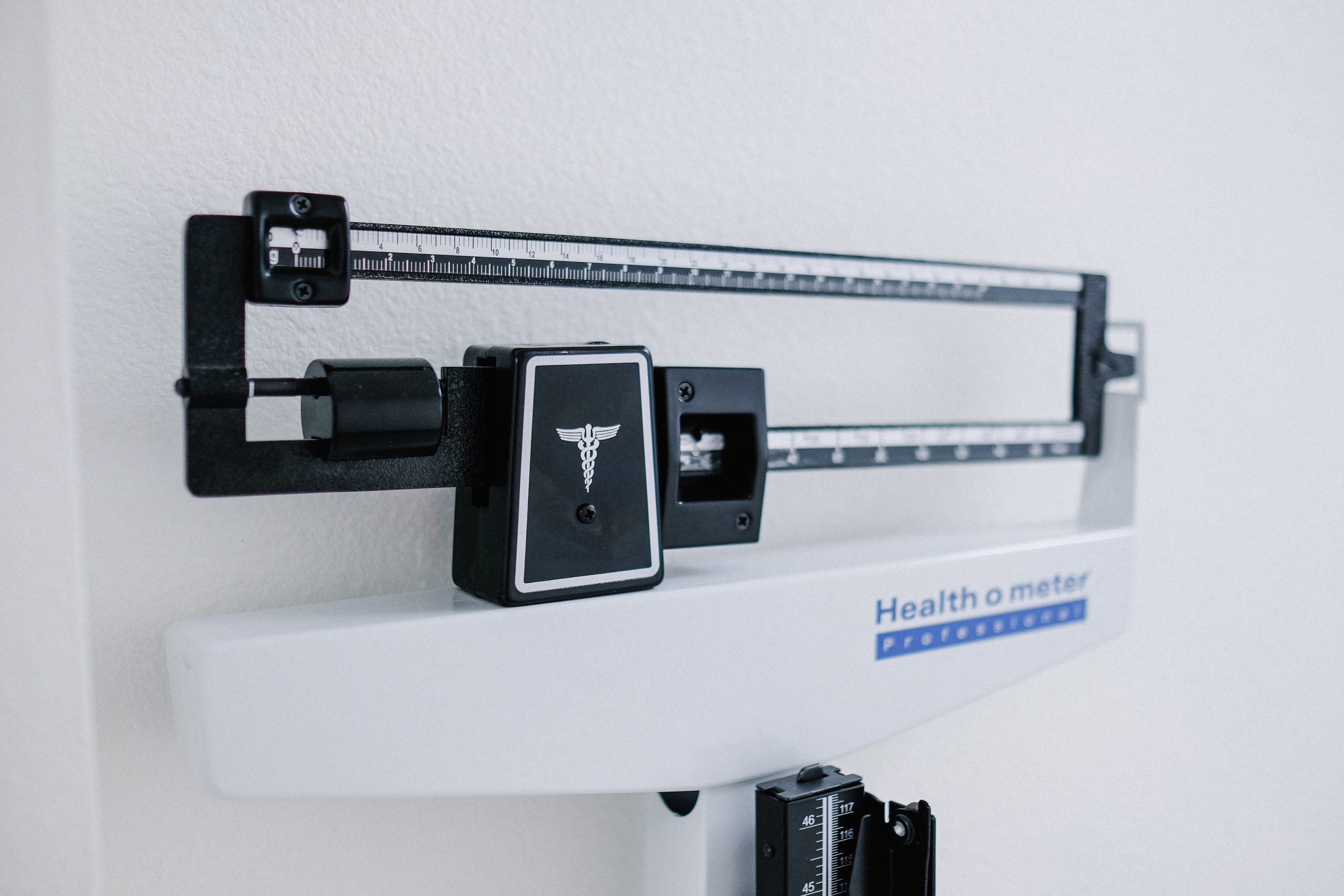
Before I get into the three types of carbs you need to know for improved health and pleasure, I’ve got to mention a little pet peeve of mine…
Simply categorizing foods into the “good” and the “bad.” Protein = good. Carbs = bad.
I get it. It can be tempting to put things into tidy boxes, especially when trying to figure out “food rules” so you can implement new habits to improve your health.
We imagine it’s so much easier to just point and say, “Bad carb. Pass!” The idea of negotiating what’s fair game and what we should avoid at every meal or snack time is daunting. And this is one reason so many nutritionists and wellness coaches rely on simplistic thinking rather than working with you to figure out important nuances. It’s not necessarily that they don’t know or don’t care that black and white thinking is a losing game. More likely, they underestimate the value of dipping into the physiological complexities.
But I know you can handle it.
The oversimplification trap can create a fear of eating the “wrong” foods. But this can severely limit our options. Ever look at a list of “do’s and dont’s” and wonder, “What does a person even eat?”
If you stick to the “do eat” foods, you might be underwhelmed, hungry, and—perhaps worst of all—missing out on important nutrients your body needs. On the other hand, you may make choices that don’t perfectly align with the “acceptable” foods. This can lead you to feel guilty and powerless to create the change you seek.
I find it’s more useful to understand what foods do both in our bodies and for our bodies, rather than focus on overly strict guidelines that undermine our efforts to create new habits and that, ultimately, limit our joy.
So, let’s talk about the three types of carbs you need to know
Carbohydrates are a diverse group that includes far more than pasta, bread, and rice. They provide the energy every one of your 30 trillion human cells need to function. But they do a lot more than that.
You’ve probably heard of simple carbs and complex carbs.
Another way to think about carbs is in terms of “who” gets the energy they release: you, your microbiota, or no one at all.
- You
Some carbohydrates provide direct energy for your body. Simple carbs (mono- and disaccharides) release quickly into the bloodstream. These are carbs like glucose from refined flours.
Complex carbs (polysaccharides) function as a slow and steady fuel source. These carbs come from foods like lentils and broccoli.
Your body needs energy sources, in the form of simple or complex carbs, to function.
- Your body’s microbiota
About 39 trillion microbial cells (bacteria, viruses, and fungi) live in each of us. That’s right, there are more microbial cells living in you than all your human cells combined. Most of these are either allies or neutral to the human body.
Microbiota Accessible Carbohydrates (MACs), also called prebiotics, pass through the first phase of human digestion unchanged because your cells can’t convert them into energy on their own. But your microbes gobble up these MACs in the colon, converting them to short-chain fatty acids that benefit the body.
MACs are present in a variety of plants we eat. (Fascinating aside: what’s a MAC for you may not be one for me, and some of this depends on our ancestry. For example: studies show that certain types of algae function as a MAC for people of Japanese ancestry, but may not work this way for others.)
We’re just beginning to understand how important microbiota and MACs are to human health. Most people in industrialized countries have depleted microbiomes. Many scientists now link the lack of microbiota diversity with inflammatory disease, allergic response, and autoimmune disease.
Not all microbes thrive on the same MACs. The good news is we can shape which microbiota flourish through our food choices.
- No one
The third type of carb is the insoluble fiber that passes through your digestive system without the body or microbiota converting it into energy.
Despite not being “used” by your cells or your gut flora, this carb is great for overall digestive health. While our digestive systems are amazing, there are times when, for a variety of reasons, partially digested foods will stick to the walls of your digestive tract. If never moved along, these food globs will rot and ferment in the gut—causing bloating and indigestion—and prevent the efficient absorption of nutrients and water.
Here’s where the fiber comes in. These carbs agitate the food residue, keeping your tract clear and able to utilize the nutrients from the recent foods you’ve eaten. Think of it this way: would you prefer that gunk stay in your colon, or get cleaned out with a gentle pipe cleaner? (Yeah, me too) These carbs are that pipe cleaner.
Often one whole food source will contain more than one type of carbohydrate (like both complex carbs and MACs). A sweet potato, for example, has all three types of carbs.
the connection between types of carbs and pain
See how it might not be so useful to put foods into simple categories of “good” and “bad”?
Making things more complicated, sometimes calling a food a “carb” isn’t quite accurate because it ignores its overall nutritional composition.
For example, depending on your focus, you might call pinto beans a carbohydrate. Or, you might view them as a protein.
In reality, they’re both. There’s even a small amount of fat in there. In fact, pretty much all natural whole food sources contain all three kinds of macronutrients—fat, carbs, and protein—in various ratios. And that means they do more than one thing for your body.
Swearing off a food because it’s commonly categorized as a carbohydrate would limit your ability to access a well-rounded diet. And, because I’m all about practicality, it makes planning meals and enjoying eating with others a whole lot harder, too.
Instead, let’s work together to think about the ways different foods complement one another in the body to produce the outcomes we crave. Like hormone balance, blood sugar stabilization, and keeping inflammation in check.
What’s this all got to do with pain?
If you understand the ways these three different types of carbohydrates work in your body, you’ve got a useful tool at your disposal. Since different kinds of carbohydrates can either elevate or help to stabilize blood sugar, knowing who’s who is an important piece of the health puzzle.
Elevated blood sugar levels cause inflammation which is a root of almost all physical pain. We’ll dig into the relationship between blood sugar, hormone balance, and inflammation more in an upcoming post.
your turn
For now, I want to hear from you. Does thinking about foods through this lens feel helpful to you? Does it feel overwhelming? Both are OK, I just want to know what topics you want me to dig into next. I’m here to dish it up!
Leave your thoughts and nutrition topics wish list in the comments below.
Or, send me a note at michelle-marie@vivforlife.com. I love hearing from you!
references
Daïen CI, Pinget GV, Tan JK, Macia L. (2017). Detrimental Impact of Microbiota-Accessible Carbohydrate-Deprived Diet on Gut and Immune Homeostasis: An Overview. Frontiers in Immunology, 8, 548.
Nishijima, S., Suda, W., Oshima, K., Kim, S. W., Hirose, Y., Morita, H. & Hattori, M. (2016). The gut microbiome of healthy Japanese and its microbial and functional uniqueness. DNA research: an international journal for rapid publication of reports on genes and genomes, 23(2), 125–133.
Sonnenburg, J. & Sonnenburg, E. (2016). The Good Gut. Corgi.
never miss a post
Get a head’s up whenever I write about nutrition and wellness culture. Subscribe to We Get To Be Well Mail here.



+ show Comments
- Hide Comments
add a comment